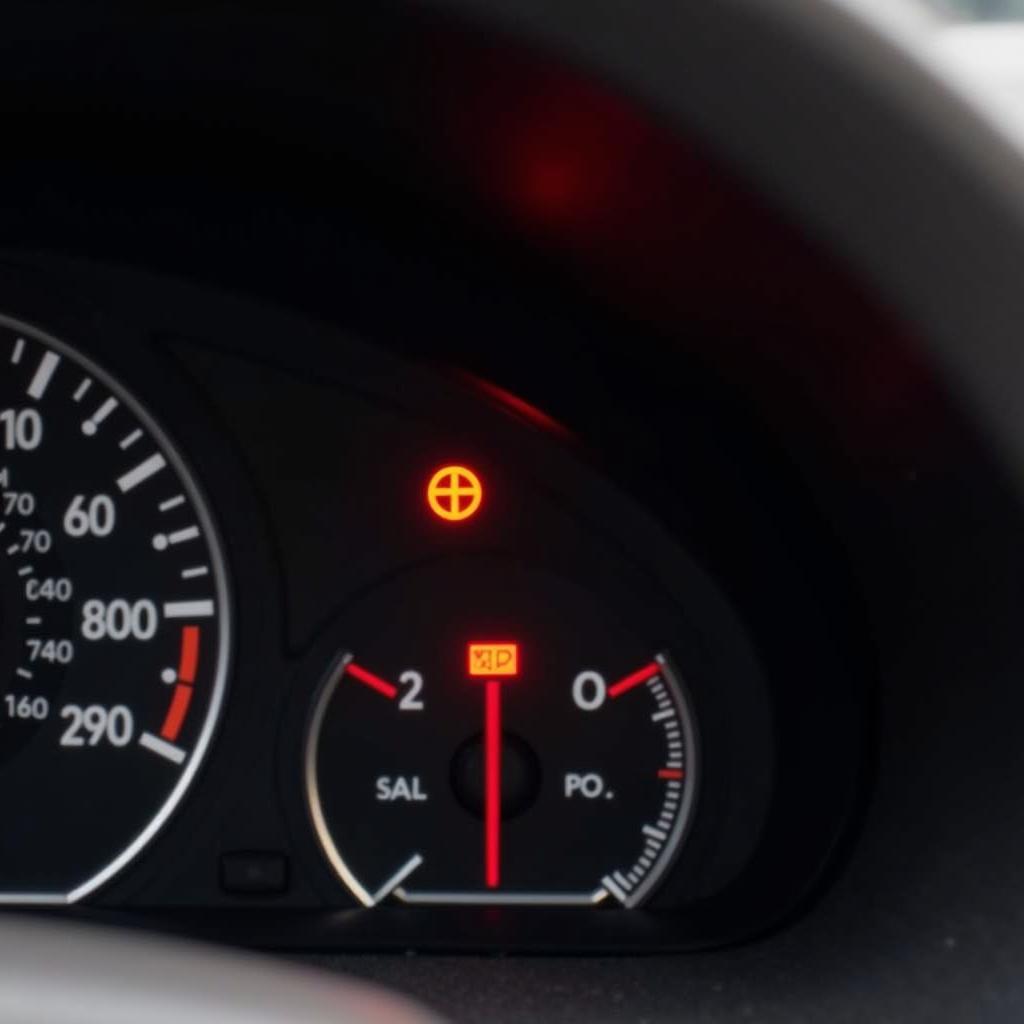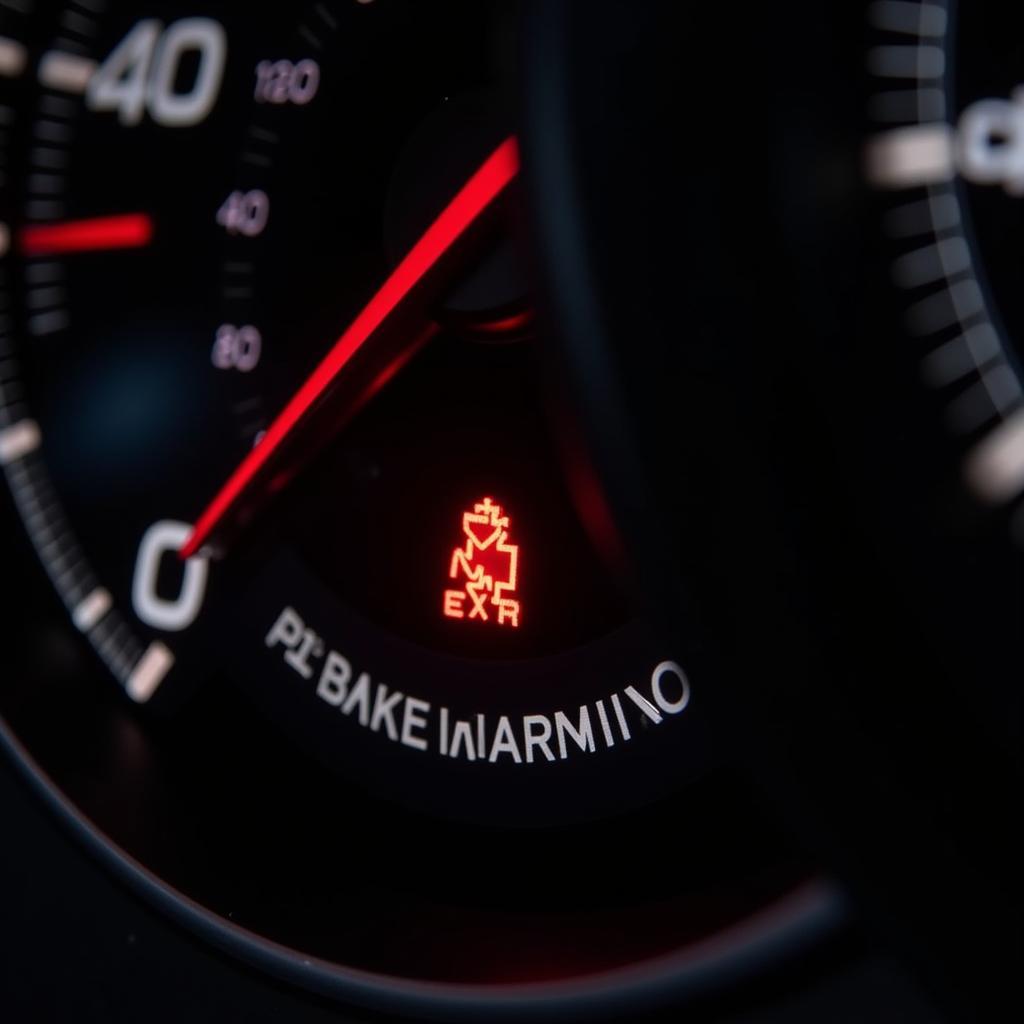You’re driving along, not a care in the world, when suddenly you see flashing lights in your rearview mirror. You pull over, heart pounding, only to discover you’ve been pulled over for a seat belt violation. It happens more often than you think. In the United States alone, seat belt violations contribute to thousands of preventable deaths each year. While a warning might seem like a slap on the wrist, it’s crucial to understand the implications and the importance of consistent seat belt use.
Understanding Seat Belt Laws and Your Warning
Seat belt laws vary from state to state. Some states have “primary enforcement” laws, meaning a police officer can pull you over solely for not wearing a seat belt. Other states have “secondary enforcement” laws, meaning you can only be ticketed for not wearing a seat belt if you are pulled over for another violation.
A warning for a seat belt violation is a gentle nudge from law enforcement to prioritize safety. While you might have dodged a ticket this time, it serves as a critical reminder of your responsibility as a driver to adhere to traffic regulations.
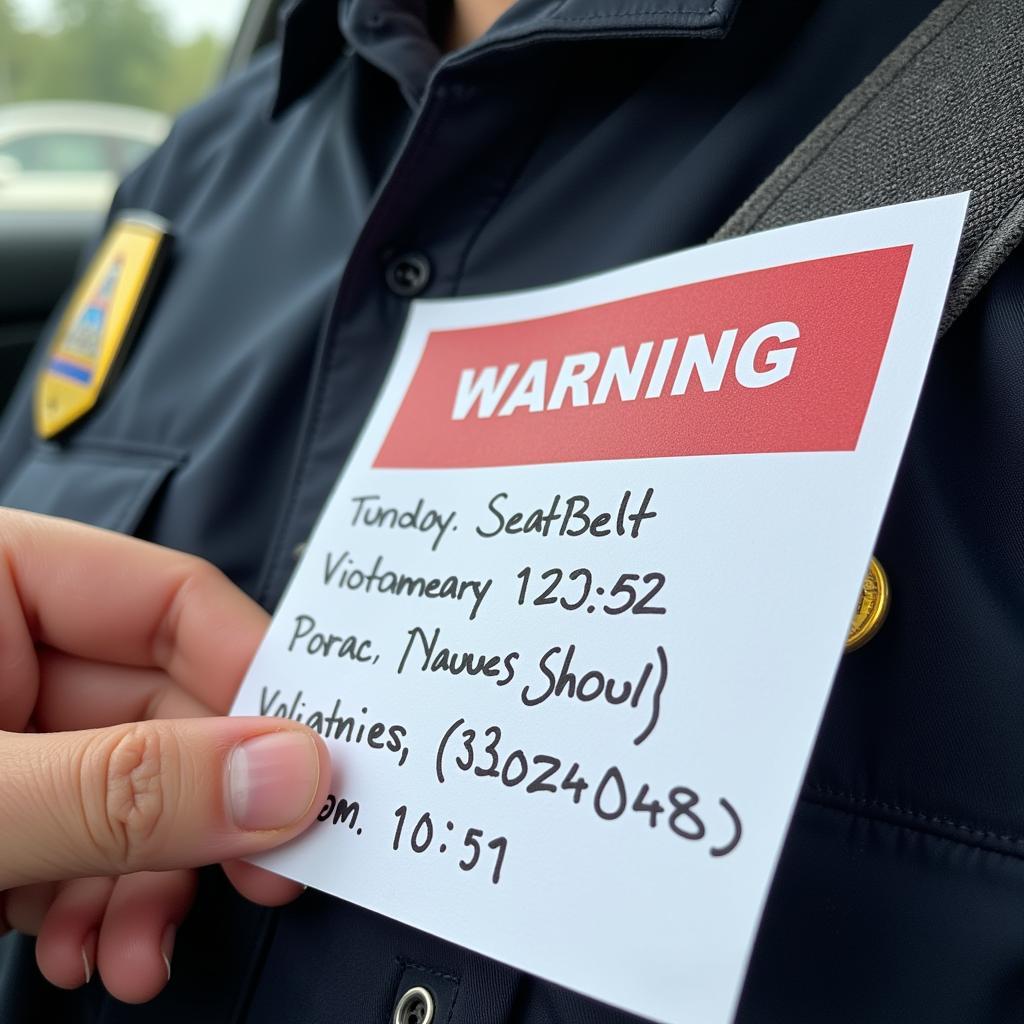 Example of a Seatbelt Warning
Example of a Seatbelt Warning
The Importance of Seat Belts: Beyond the Law
Seat belts are fundamentally designed to save lives. In the event of a crash, a seat belt can be the difference between life and death, or serious injury versus walking away unscathed.
Here’s how seat belts provide protection:
- Prevent Ejection: During a crash, your car comes to a sudden stop, but your body wants to keep moving. A seat belt restrains you, preventing you from being ejected from the vehicle, which is a leading cause of fatal injuries in car accidents.
- Distribute Impact Force: Seat belts are designed to distribute the force of a crash across the stronger parts of your body, like your chest and pelvis. This helps to reduce the risk of serious injuries to your head, neck, and spine.
- Maintain Control: Wearing a seat belt helps you maintain a seated position during a crash, allowing you to potentially regain control of the vehicle or brace for impact more effectively.
What Happens if You Get a Seat Belt Ticket?
Ignoring the warning and continuing to disregard seat belt laws could lead to more serious consequences. If you are ticketed for a seat belt violation, the penalties can vary depending on your state and the number of offenses.
Here are some potential consequences:
- Fines: Seat belt tickets can result in fines, which can range from $25 to over $100, depending on your location and the specific circumstances.
- Points on Your License: In some states, a seat belt violation can result in points being added to your driving record. Accumulating too many points can lead to increased insurance premiums or even a suspended license.
- Increased Insurance Rates: Insurance companies view drivers with seat belt violations as higher-risk individuals, potentially leading to increased insurance premiums.
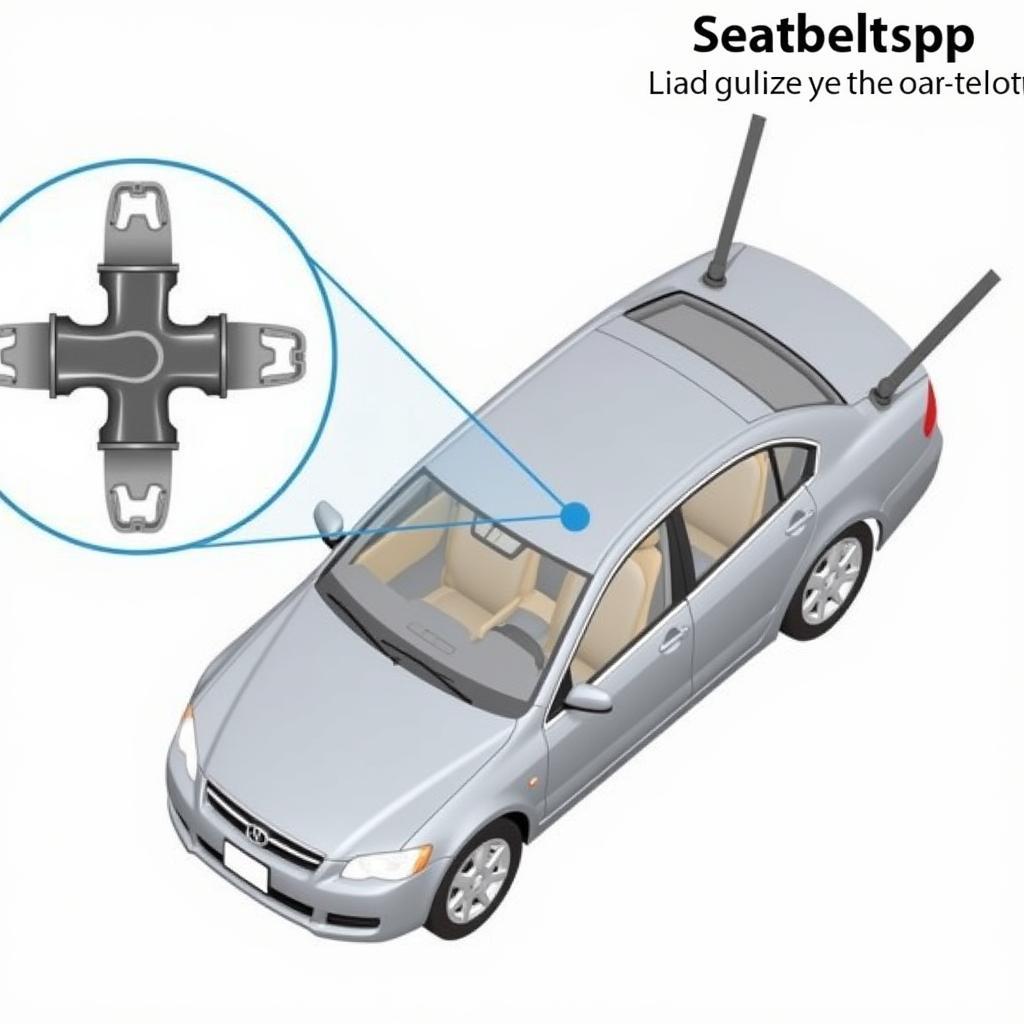 Seatbelt Mechanism
Seatbelt Mechanism
Advanced Safety Features: Building on the Seat Belt Foundation
Modern vehicles often come equipped with advanced safety features that work in tandem with seat belts to enhance passenger safety:
- Airbags: Airbags are designed to deploy in conjunction with seat belts, providing an additional layer of cushioning in a collision. It’s crucial to remember that airbags are most effective when used with a properly worn seat belt.
- Seat Belt Pretensioners: These devices automatically tighten the seat belt in the event of a crash, removing any slack and ensuring you are held securely in place.
- Load Limiters: Load limiters work with seat belt pretensioners to manage the force exerted on your body during a crash. They help prevent injuries by allowing the seat belt to extend slightly after the initial impact.
Expert Insight: A Mechanic’s Perspective
“I’ve seen firsthand the devastating consequences of not wearing a seat belt,” says automotive engineer and safety expert, Michael Thompson. “Even in minor collisions, the force exerted on the body can be significant. Seat belts are designed to work with your vehicle’s safety systems, maximizing your chances of walking away unharmed.”
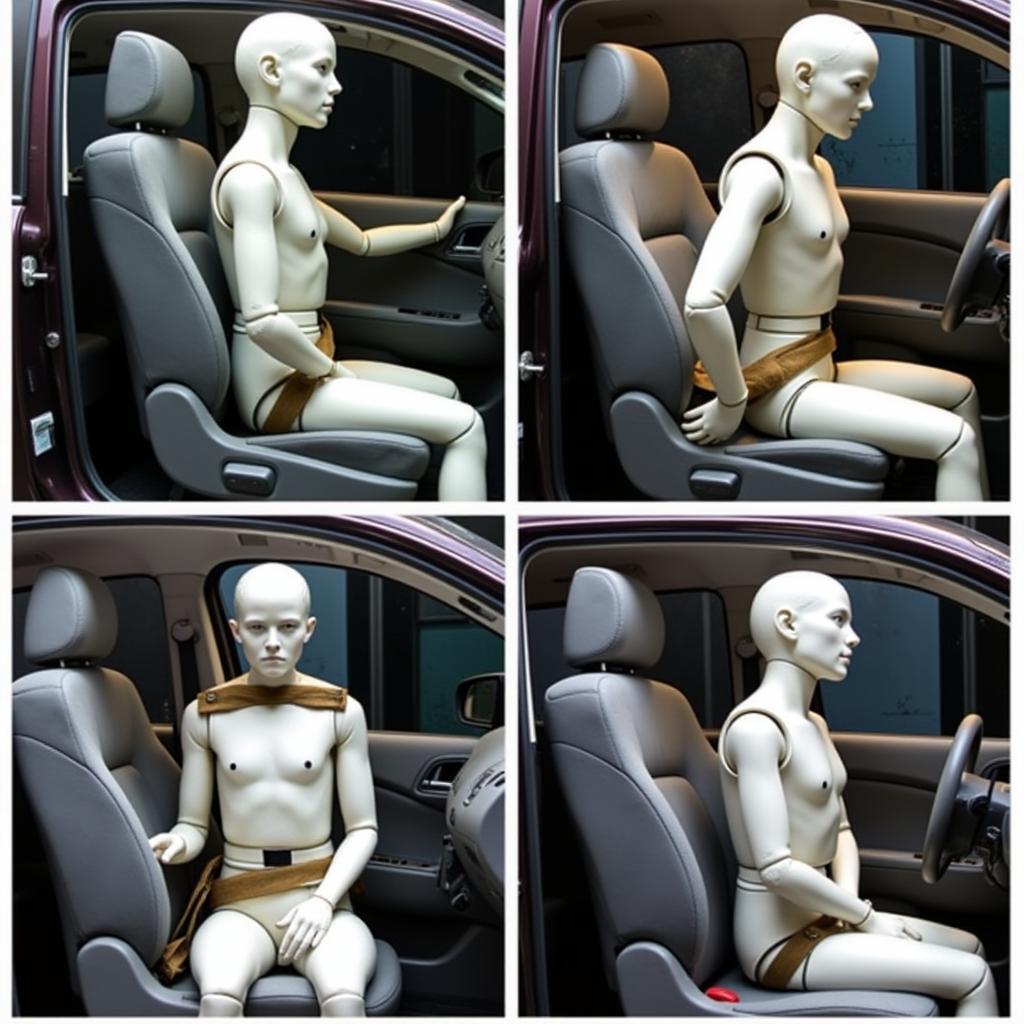 Car Crash Test with Dummies
Car Crash Test with Dummies
Buckle Up: A Small Action with Big Rewards
While that warning for a seat belt ticket might seem insignificant now, it serves as a powerful reminder to prioritize safety every time you get behind the wheel. By simply buckling up, you are dramatically increasing your chances of surviving a crash and reducing the risk of serious injuries. Remember, seat belts are not just a legal requirement; they are a lifeline.

